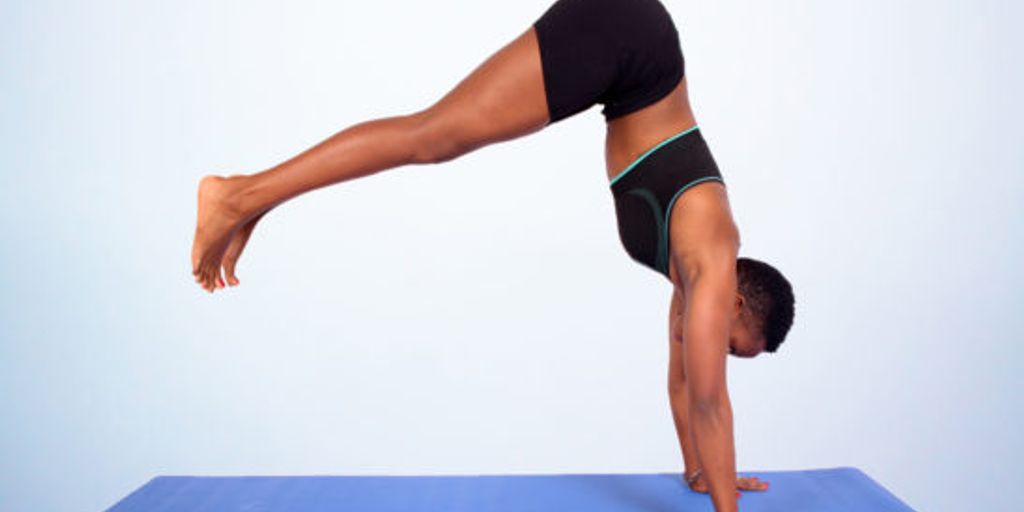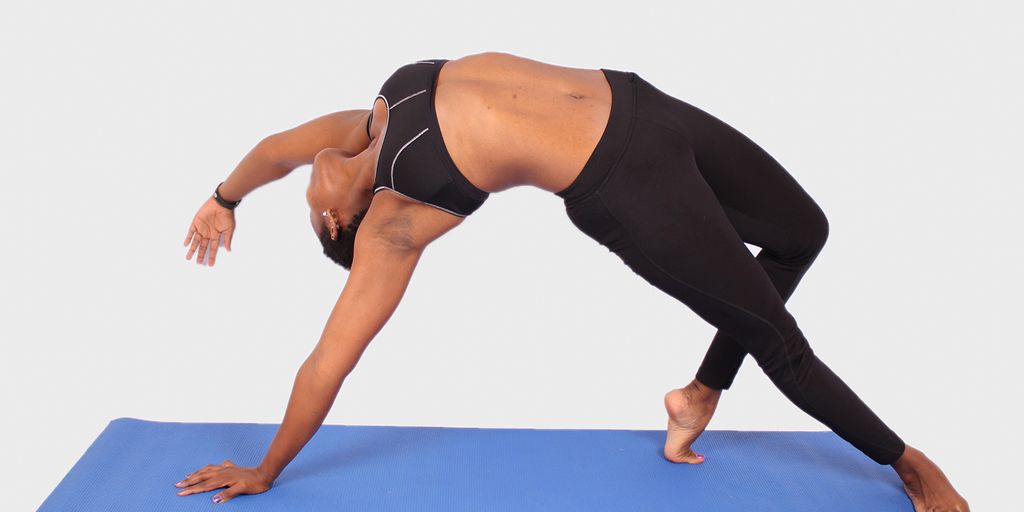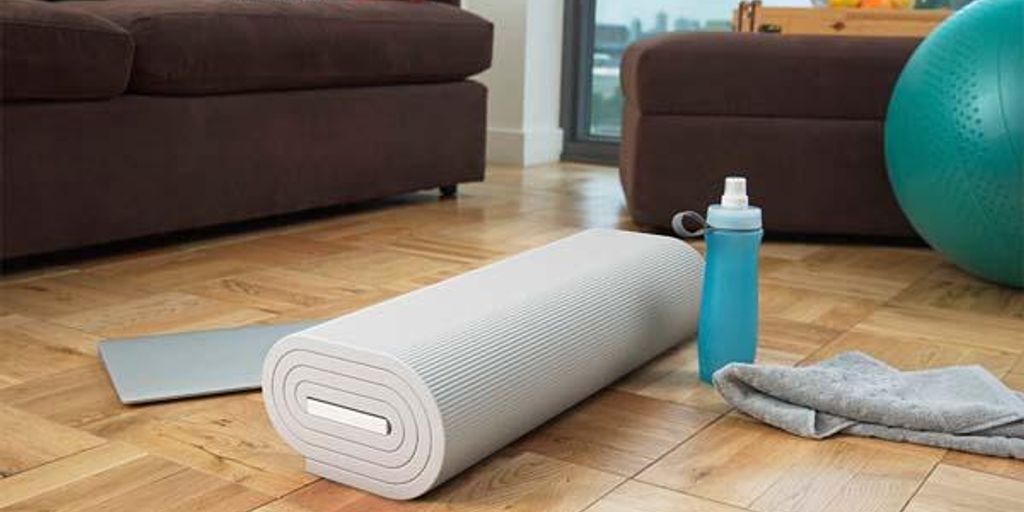
How to Use a Yoga Mat on Carpet for the Best Practice Experience
Practicing yoga on carpeted floors can offer a unique and comfortable experience, but it also comes with its own set of challenges. From choosing the right yoga mat to ensuring stability and maintaining your practice space, there are several factors to consider for an optimal yoga session. This guide will walk you through the essential steps to make the most out of your yoga practice on carpet.
Key Takeaways
- Select a yoga mat with appropriate material, thickness, and grip to ensure stability on carpeted floors.
- Prepare your carpet by cleaning it and possibly using a yoga mat underlay to create a stable surface.
- Enhance stability by anchoring your mat, using props, and adjusting your practice techniques as needed.
- Practicing yoga on carpet can offer benefits such as joint protection, enhanced comfort, and versatile practice spaces.
- Regularly clean and maintain your yoga mat to ensure it remains in good condition and provides the best support for your practice.
Choosing the Right Yoga Mat for Carpeted Floors
Material Considerations
When selecting a yoga mat for carpeted floors, the material is crucial. Natural rubber mats offer excellent grip and are eco-friendly, while PVC mats are durable and provide good cushioning. TPE mats are a middle ground, offering both comfort and sustainability. Consider your personal preferences and any allergies when choosing the material.
Thickness and Cushioning
The thickness of your yoga mat can significantly impact your practice on carpet. Mats that are too thin may not provide enough support, while overly thick mats can make balancing poses challenging. A mat with a thickness of 4-6mm is generally ideal for carpeted floors, offering a balance between cushioning and stability.
Grip and Stability
Grip and stability are essential for a safe and effective yoga practice. Look for mats with a textured surface to prevent slipping. Some mats also feature a non-slip bottom layer, which can be particularly beneficial on carpet. Ensuring your mat stays in place will help you maintain proper alignment and prevent injuries.
Preparing Your Carpet for Yoga Practice
Cleaning and Maintenance
Before starting your yoga practice, ensure your carpet is clean and free of debris. Regular vacuuming is essential to remove dust and dirt that can affect your mat's grip and your overall experience. Consider a deep cleaning session periodically to maintain a fresh and hygienic surface.
Creating a Stable Surface
A stable surface is crucial for effective yoga practice. If your carpet is too plush, it might affect your balance. You can create a more stable surface by placing a firm board or a piece of plywood underneath your yoga mat. This will provide the necessary support and prevent any unwanted movements.
Using a Yoga Mat Underlay
For added stability, use a yoga mat underlay. These underlays are designed to enhance grip and prevent slippage on carpeted floors. They come in various materials and thicknesses, so choose one that suits your needs. An underlay can also help in protecting your carpet from wear and tear caused by regular yoga practice.
Preparing your carpet properly can significantly enhance your yoga practice experience, providing a clean, stable, and supportive environment.
Techniques for Enhanced Stability on Carpet
Anchoring Your Mat
To prevent your yoga mat from moving on carpet, consider using furniture or heavy objects to anchor the corners. This ensures that your mat stays in place during your practice. You can also use yoga mat clips or grippers designed specifically for this purpose.
Using Props and Supports
Incorporate props like yoga blocks, straps, and bolsters to enhance stability. These tools can help you maintain balance and alignment, especially on a softer carpeted surface. Props are particularly useful for beginners or those with limited flexibility.
Adjusting Your Practice
Modify your yoga poses to suit the carpeted environment. Focus on poses that require less balance and more grounding. For example, seated and supine poses are generally more stable on carpet. Additionally, slow down your transitions between poses to maintain control and stability.
Practicing yoga on carpet can be a unique experience that offers additional comfort and joint protection, but it requires some adjustments to ensure stability and effectiveness.
Benefits of Practicing Yoga on Carpet
Joint Protection
Practicing yoga on carpet provides excellent joint protection. The softness of the carpet acts as an additional cushion, reducing the impact on your knees, wrists, and other joints. This can be particularly beneficial for those with joint issues or those recovering from injuries.
Enhanced Comfort
One of the most notable benefits of practicing yoga on carpet is the enhanced comfort it offers. The plush surface of the carpet can make poses more comfortable, allowing you to focus more on your practice rather than on any discomfort. This can lead to a more enjoyable and sustained practice session.
Versatility of Practice Spaces
Carpeted floors offer a versatile practice space. You can easily transform any carpeted room into a yoga studio without the need for additional equipment. This flexibility allows you to practice yoga in various settings, whether at home or while traveling.
Practicing yoga on carpet can provide a unique and comfortable experience, making it easier to maintain a consistent practice routine.
Common Challenges and Solutions
Dealing with Slippage
One of the most common issues when using a yoga mat on carpet is slippage. To prevent your mat from moving, consider using a yoga mat underlay or a non-slip rug pad. These can provide additional grip and keep your mat in place during practice. Additionally, ensure that both your mat and carpet are clean and free from dust, as this can reduce traction.
Preventing Indentations
Carpet can sometimes cause indentations in your yoga mat, especially if it is thick and plush. To mitigate this, try rotating your mat regularly and avoid placing heavy objects on it when not in use. Using a mat with a denser material can also help in reducing the formation of indentations.
Maintaining Balance and Alignment
Practicing yoga on a carpeted floor can affect your balance and alignment due to the uneven surface. Focus on engaging your core muscles to maintain stability. You can also use yoga props like blocks and straps to assist in achieving proper alignment. Adjusting your practice to include more grounding poses can also be beneficial.
Practicing yoga on carpet requires some adjustments, but with the right techniques and tools, you can still enjoy a stable and effective practice session.
Cleaning and Maintaining Your Yoga Mat on Carpet
Regular Cleaning Tips
To ensure a hygienic practice environment, it's essential to clean your yoga mat regularly. Wipe down your mat after each session with a damp cloth and mild soap. Avoid using harsh chemicals as they can degrade the mat's material. A mixture of water and a few drops of essential oil can also be used for a refreshing clean.
Deep Cleaning Methods
For a more thorough clean, consider deep cleaning your mat once a month. Submerge the mat in a bathtub filled with warm water and mild detergent. Gently scrub with a soft brush to remove any stubborn dirt or stains. Rinse thoroughly and hang it to dry, ensuring it is completely dry before rolling it up to prevent mold and mildew.
Storage Solutions
Proper storage of your yoga mat can extend its lifespan. Always store your mat in a cool, dry place away from direct sunlight. Use a yoga mat bag or strap to keep it rolled up and secure. If space allows, laying the mat flat can prevent curling and creasing, maintaining its shape and usability.
Keeping your yoga mat clean and well-maintained is essential, especially when practicing on carpet. Regular cleaning not only extends the life of your mat but also ensures a hygienic practice environment. For more tips and to explore our range of yoga mats and accessories, visit our website today!
Conclusion
Practicing yoga on a carpet with a yoga mat can offer a comfortable and stable experience if done correctly. By choosing the right mat, ensuring proper alignment, and maintaining a clean practice space, you can enhance your yoga sessions significantly. Remember to listen to your body and make adjustments as needed to prevent any discomfort or injury. With these tips, you can enjoy a fulfilling and effective yoga practice on carpet, bringing you closer to your fitness and mindfulness goals.
Frequently Asked Questions
Can I use any yoga mat on carpet?
While you can use most yoga mats on carpet, it's best to choose one with good grip and stability features to prevent slipping.
How thick should my yoga mat be for use on carpet?
A thicker mat, around 6mm or more, can provide better cushioning and support on carpeted floors.
Will practicing yoga on carpet damage my mat?
Practicing on carpet is generally safe for your mat, but it's important to clean both your mat and carpet regularly to maintain hygiene.
How can I prevent my yoga mat from slipping on carpet?
Using a yoga mat underlay or choosing a mat with a non-slip bottom can help prevent slipping.
Is it okay to do hot yoga on carpet?
Yes, but ensure your carpet is clean and dry to avoid any mold or mildew issues. A towel or mat cover can also help absorb sweat.
What should I do if my mat leaves indentations on the carpet?
You can use a thicker mat or place a rug pad underneath to distribute the pressure more evenly and prevent indentations.


